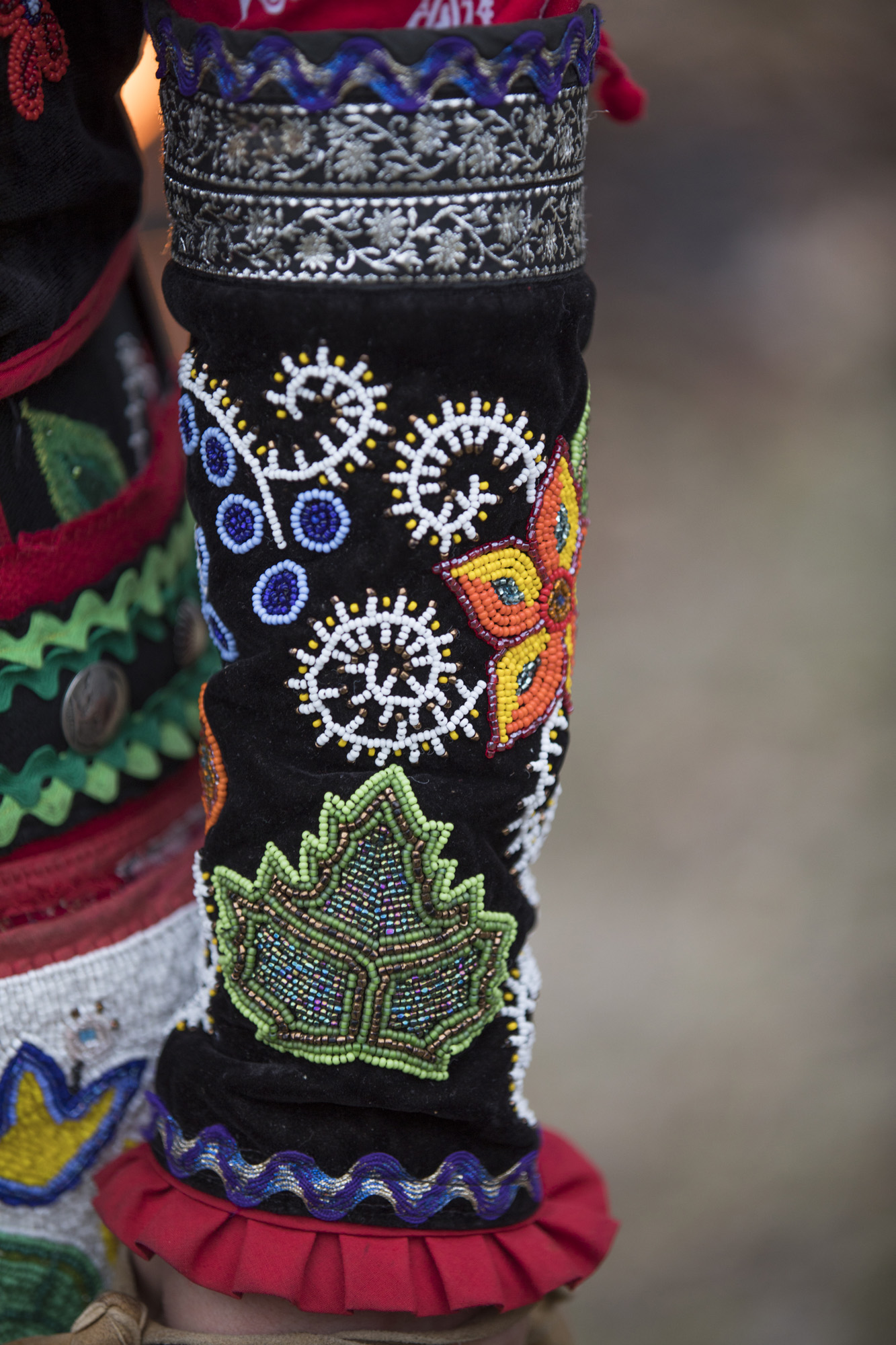NEW! Click below for a printable version of the Governance Resource booklet
Click below for a printable version of the MCT Delegate Toolkit created by Zaagibagaang on November 7, 2018
Check out the Constitutions Toolkit created by the Native Nations Institute (NNI) at the University of Arizona and the Harvard Project on American Indian Economic Development (Harvard Project) by clicking here
Anishinaabe scholar and attorney John Borrows has written extensively on Anishinaabe Constitutionalism, including citizenship.
Two of his informative presentations are:
Borrows, John. "Who Are We and How Do We Know?" Tribal Constitutions Seminar, Native Nations Institute for Leadership, Management, and Policy, University of Arizona. Tucson, Arizona. April 2, 2014. Presentation. Available via the Indigenous Governance Database here
Borrows, John. "Anishinaabe Principles of Citizenship and Identity." Tribal Citizenship Conference, Indian Law Program, William Mitchell College of Law, in conjunction with the Bush Foundation. St. Paul, Minnesota. November 13, 2013. Presentation. Available via the Indigenous Governance Database here
The Native Nations Institute’s Indigenous Governance Database has a new web-based Constitutions Resource Center (CRC), which brings together extensive research on Indigenous constitutions, examples of the constitutional changes that Native nations are making, and videos of Native leaders and other governance experts talking about constitutional change. The site provides Native nations with access to a comprehensive set of tools and Native nation examples that can be helpful in the process of constitutional reform.
You will see that the CRC is organized into five main sections:
The Defining section considers what constitutions are, their role in the lives of Native nations, and the history of Indigenous constitutional governance.
The Developing section reviews topics commonly included in the constitutions of Native nations, poses questions for those engaged in constitutional change, and provides examples of constitutional solutions chosen by some Native nations.
The Changing section reviews governance reform processes and the methods that Native nations have used to change their constitutions.
The Living section looks at the impact of constitutional change on tribal government and at the tasks involved in sustaining constitutional government over time.
The In Action section provides both excerpts from constitutions and a video catalog of Indigenous leaders discussing a wide range of governance topics.



